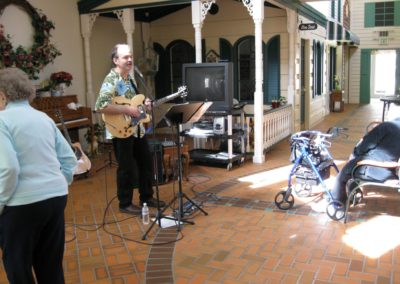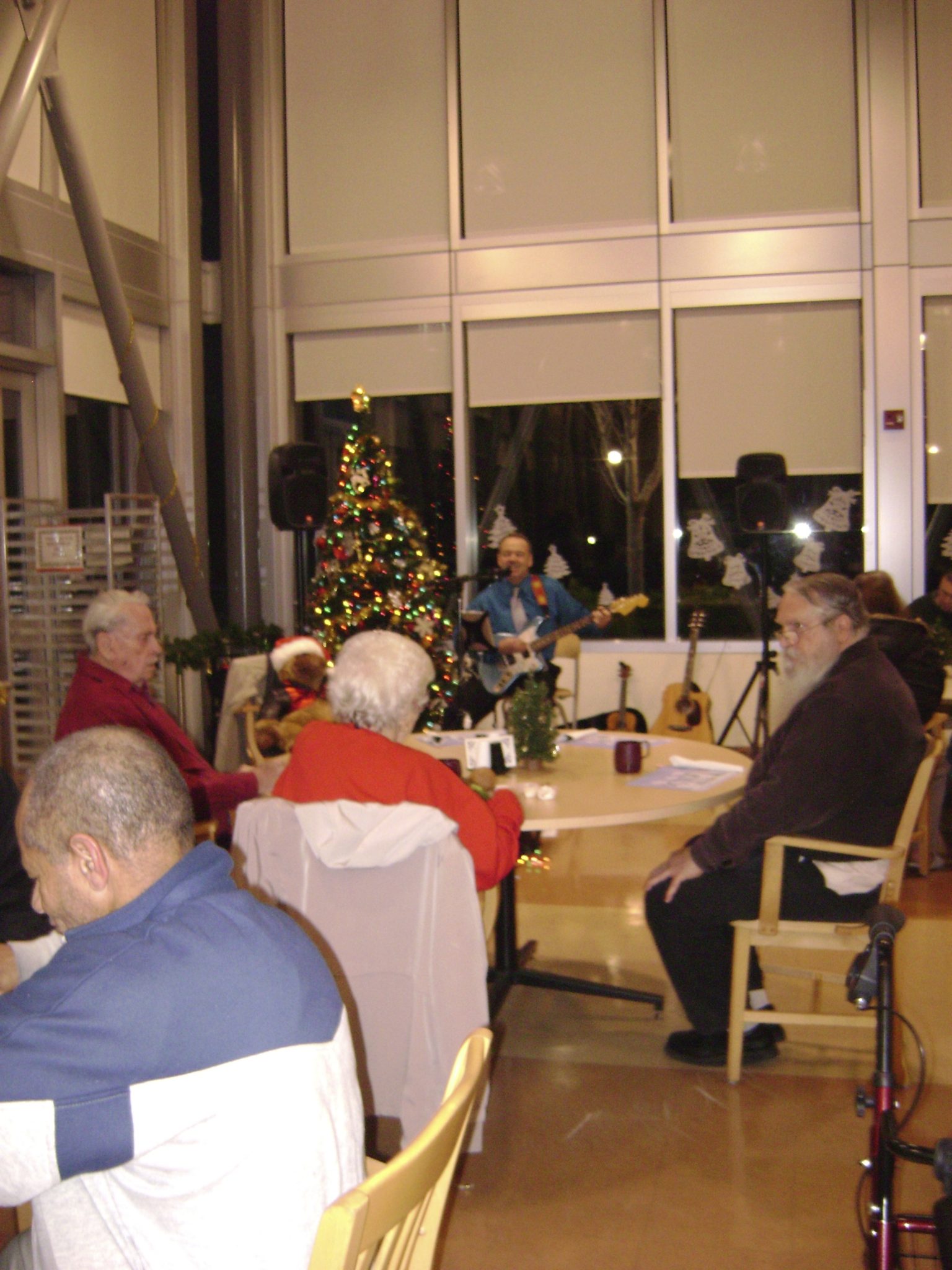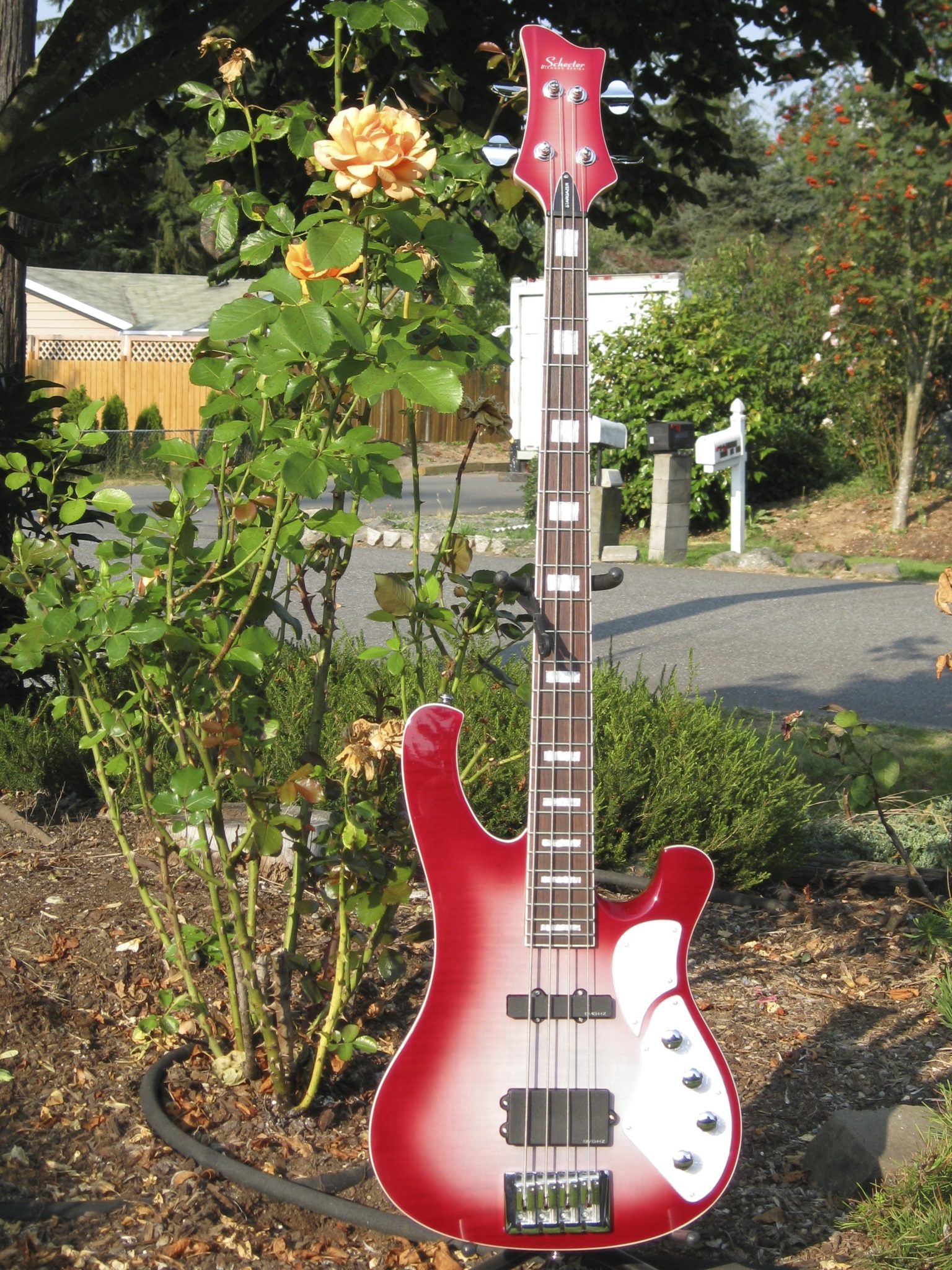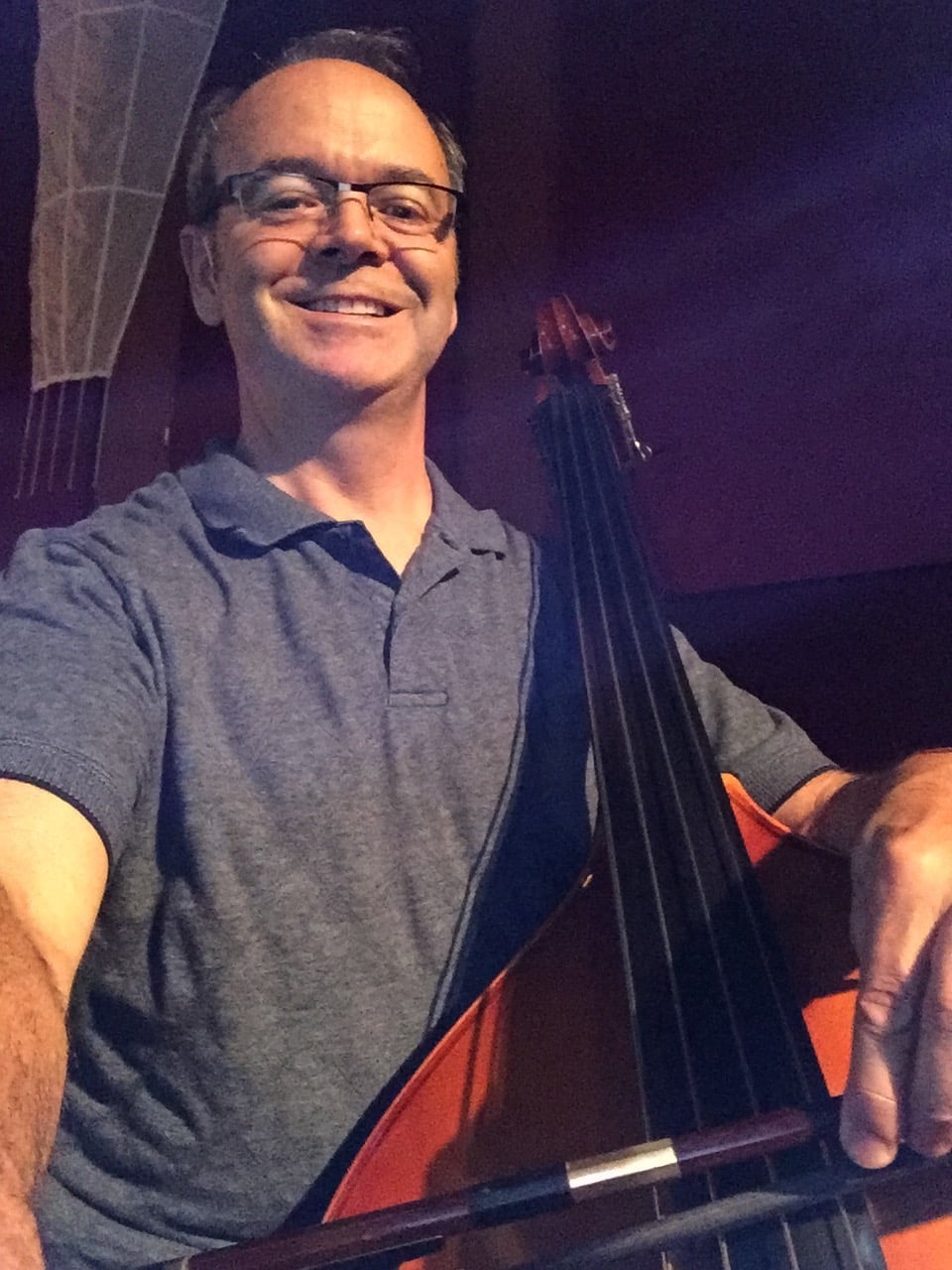Become an Insider
Get a free gift....
and get to know me
Digital Underground : The Record : NPR
There is a wealth of music, along with music-related artifacts and conversation, on the Internet, but the companies that control these vast resources don’t always prioritize permanence.
DB-5 How to Transport a Double Bass
Here is what I’ve learned so far about how to safely transport my double bass.
Watch The Video Lesson
About Transporting the Bass
This is lesson DB-5, “How to Transport a Double Bass” and is a continuation of my journal of things I have learned as a beginning adult double bass student. Be sure to check out my Double Bass Lessons page for a complete list of all of my lessons!
Today, I am going to talk about things to consider when you are moving or transporting your bass.
Number 1.
Use a bass bag. The bag that I have, which you can see in the picture, came with the bass when I bought it and it provides a good level of protection, but the padding is not very thick. I am considering buying a higher quality bag when I have the money. So far, the Eastman Presto Soft Case, model CB60, shown in the next picture looks good. This bag comes with wheels! I have had a few gigs where it has been a long walk from the car to the building and being able to roll Bubba (my nickname for my bass) would take a load off. You can get the Presto bag from Linda West.com. Here is a link to the Linda West product page: http://www.lindawest.com/product_p/cb60.htm
Number 2.
Get a stand. I have the Ingles Adjustable Cello and Bass Stand. The bottom supports are height adjustable. It has a hook to hang your bow on the back of the stand and it has a latch to close to keep the neck of the bass from jumping out of the stand.
Number 3.
Protect the edges of the bass with edge protectors. This is one of the first things I added to my bass. They are leather and keep the wood of the edges on the bouts off the ground when you lay the bass down on its side. I got mine from Gollihur Music.
Number 4.
In a vehicle: Be careful! The bass is large and bulky and things can easily get damaged if you are not careful loading it in and out of your vehicle. It’s best to put the bass on its side, with the back against a wall. If possible secure it with something such as a bungee cord, or at least brace it with something that won’t shift so it doesn’t roll over when going around a corner. See the picture for an example of the bass secured in the bed of a pickup truck. I would not transport the bass in a truck without the covering of a canopy to keep out the elements, unless you are going a very short distance and you are sure it is not going to rain!
If you don’t have a minivan, SUV or truck, watch the video for a demonstration of how to get a double bass into a small car! In this video I show you that it is possible to get a 3/4 size double bass into and out of a 4 door, mid-size sedan. Ideally, you will have something with more room such as a mini-van, an SUV or a truck. But, in a pinch this can be done!
Caution: If you have no choice but to lay the bass on its back, put something such as a folded blanket or a pillow under the shoulders to lift the scroll up off the floor to ensure no pressure is placed on the neck.
DB-4 How to Change Strings on a Double Bass
Here is what I’ve learned so far about how to safely change the strings on my double bass.
Watch The Video Lesson
About Changing Strings
You wouldn’t think there is much involved in simply changing the strings, but there a few things to be aware of which will save you a lot of trouble in the long run.
- Change one string at a time. Without the tension from all of the strings pushing on the bridge, a thing called the “sound post”, which is wedged inside the bass between the front and the back, could come loose and fall down. Any my luthier friend tells me it can be a real pain to put back in place!
- Take a picture, or at least remember the string routing inside the pegbox before you begin removing strings. Try to not have strings rubbing against each other as you tune.
- Now is a good time to do any cleaning necessary on your bass. A soft cloth, q-tips and a safe cleaner for fine instruments can be used. I purchased Kolstein’s Clean and Polish kit and it is awesome! Check it out: Kolstein KR-021 Clean and Polish Kit
- Lubricate the bridge and nut slots with some graphite from a pencil to help the strings slide more freely over these surfaces.
- When you insert the string end into the roller twist the end of the string around the part leaving the roller several times to help hold it securely.
- Unless you want to spend the whole day turning the tuning machines, buy a string winder gadget. Be sure to get one made for the bass as guitar string winders are too small to do the job. Mine is the “TurboTune”: D’Addario PW-TTPW-01 Turbotune Peg Winder
- Caution! Be sure to keep an eye on the bridge’s alignment. The bridge has a tendency to lean towards the fingerboard. Make sure it stays vertical and that the feet stay in the location you marked (lightly) with a pencil.
- Break-in time. Strings take time to stretch out. Be patient and give them a few days to stabilize. During the first few days you will find it necessary to retune often.
Czardas
Here is a short excerpt of Czardas, a tune based on a Hungarian folk dance, that our orchestra, the Evergreen Community Orchestra performed last week in our spring concert. I didn’t get the complete number recorded, just this excerpt.
Here’s what the all knowing Wikipedia has to say about Czardas:
“Csárdás” (or “Czardas“) is a composition by Italian composer Vittorio Monti. A rhapsodical concert piece written in 1904, it is a well-known folk piece based on a Hungarian csárdás.
Structure
The piece has seven different sections, each one of a different tempo and occasionally key. The first half of the piece is in D minor, then modulates to D major, back to D minor, and then finally finishes in D major. The first section is Andante – Largo, followed by a large increase in speed to Allegro vivo. This then slows down to Molto meno. The piece then slows down more to Meno, quasi lento. The piece then suddenly picks up in pace and is at Allegro vivace. It then slows down to Allegretto and finally to Molto più vivo. The tempo changes make the piece exciting and interesting, but even with all of these tempo changes, it is generally expected that there should be some rubato to add feeling to the piece. There are also many different dynamic changes in the piece, ranging from pianissimoto fortissimo.
In the Meno, quasi lento section, the violin plays stopped harmonics. This involves the violinist placing their finger down on the note and playing another note, with the finger only just touching the string 5 semitones above. This gives the effect of the violin sounding two octaves (24 semitones) higher.
Here’s the video:
A Quick Intro to Christopher J.
I am Chris Hartzog and this is my website, Christopher J. Music. I live in the beautiful Pacific Northwest in the Seattle, Washington area.
I’ve loved music as long as I can remember. During many years of being a special needs parent to a very high needs child with autism, I started playing guitar again and started writing music. And through that experience I learned that music not only transcends languages, it also transcends disabilities.
Today my music covers a variety of styles and instruments from folk to blues/jazz, and classical to pop-rock. I am a multi-instrumentalist, playing guitar, bass (electric and upright), ukulele, keyboards, and a singer and songwriter. I also enjoy playing classical music on the double bass with my local community symphony orchestra. And, I write, arrange, record and produce songs and put them on this website for people to download and hopefully share and enjoy.
Some Music
Go to the music store page for a complete catalog.
No Results Found
The page you requested could not be found. Try refining your search, or use the navigation above to locate the post.
Some Videos



























